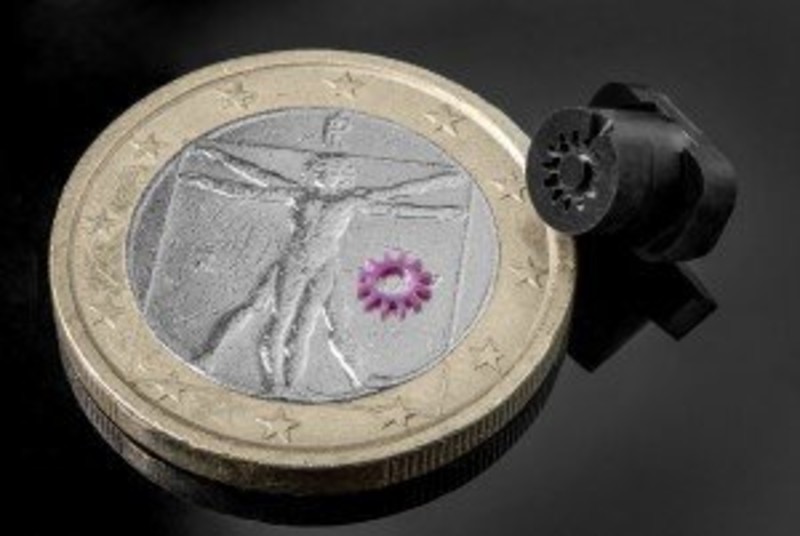Leading micro additive manufacturing (AM) technology developer, , has recently achieved enormous success trialing its process in the development of direct rapid soft tooling (DRST). The company accomplished a breakthrough which enabled the printing of a mould that lasted 20 shots, with plans to increase this to 1000 shots in the coming months.
In its recent experiments, Nanofabrica (which can achieve ultra-precise 1 micron resolution and an excellent surface finish on its Terra 250 AM platform) succeeded in injecting PP, PE, and ABS into a 3D printed mould, which was manufactured with a new material that the company is currently developing. In the initial experiments, the moulds lasted for 20 shots with a moulding pressure of 400 bar at 230°C. It took Nanofabrica an hour to additively manufacture one mould at the cost of under $20. The materials were injected using an Arburg 35 ton machine.
The trials were initiated at the request of key industry players who were interested in assessing the time and cost savings that are inherent when producing DRST as opposed to conventional hard steel tools for injection moulding. In addition, the companies were eager to achieve the high surface finish as well as tiny features and complexity possible through the use of Nanofabrica’s AM technology which are effectively impossible using conventional machining of mould tools.
Using Nanofabrica’s Terra 250 precision AM platform to produce DRST capable of manufacturing upwards of 1000 parts per tool opens up the possibility of small and even medium batch manufacturing. This is a product of Nanofabrica’s platform that is able to accommodate the manufacture of multiple small tools in each build, and so manufacturers will be able to produce numerous replacement tools at extremely low cost.
It is usually the case that when AM produced DRST and traditional injection moulding are compared, the savings in terms of product development time and cost are seen as the most compelling benefits for using AM. However, the fact that AM is relatively agnostic to complexity means that AM produced DRST could also stimulate innovation in product design and manufacture. AM can achieve geometries impossible using conventional processes, and as such is positioned as a key enabling technology driving the production of cutting-edge products as well as shortening the product development cycle. This is because it is quite often the case that product design updates are shelved by manufacturers due to the cost of new traditional moulds.
As part of its efforts in promoting the area of AM produced DRST, Nanofabrica aims to work with a select number of companies to demonstrate the value of using DRST in the production cycle. By so doing, the company projects that numerous manufacturers will see the value and feasibility of working with its uniquely accurate micro AM technology in future production and insert mould fabrication projects.









